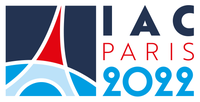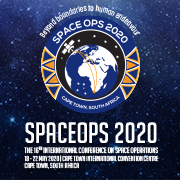›From stars to black holes: mm-VLBI with ALMA and other telescopes
In this workshop we want to assess the future of very long baseline interferometry (VLBI) experiments at millimeter and sub-millimeter wavelengths and the role new telescopes like the Atacama Large Millimetre Array (ALMA) will have. The unprecedented sensitivity, broad frequency coverage, and unique location of ALMA will have the potential to transform the science that can be done with mm-VLBI. With expected spatial resolutions as low as some microarcseconds at the highest frequencies and mJy sensitivities at the lower frequencies, quite a range of high-profile experiments should be possible. The science that can be addressed ranges from the precise astrometry and study of stellar masers down to observations of jets and the event horizon of supermassive black holes.
At this workshop we want to make an inventory of the science interests of the European user community of ALMA for VLBI experiments from wavelengths of 7 mm (for which receivers are yet to be built) all the way to sub-mm wavelengths. This should involve not only current VLBI users but also those who are just becoming interested in this rapidly evolving field.
The workshop is timely, as ALMA is quickly improving its capabilities, plans for phasing of the array are becoming more concrete, and digital VLBI equipment is also improving.
The main focus of the meeting will be on developing the European science case. However, in addition we also want to use the opportunity to start first discussions on the organization of the mm-VLBI efforts and review some of the technical capabilities available in Europe.
Track this event on your Apple calendar














 Germany
Germany